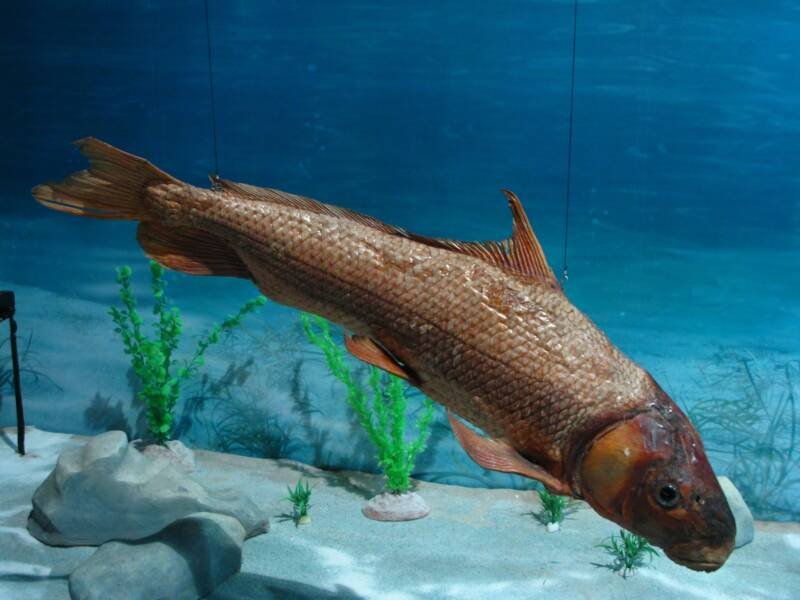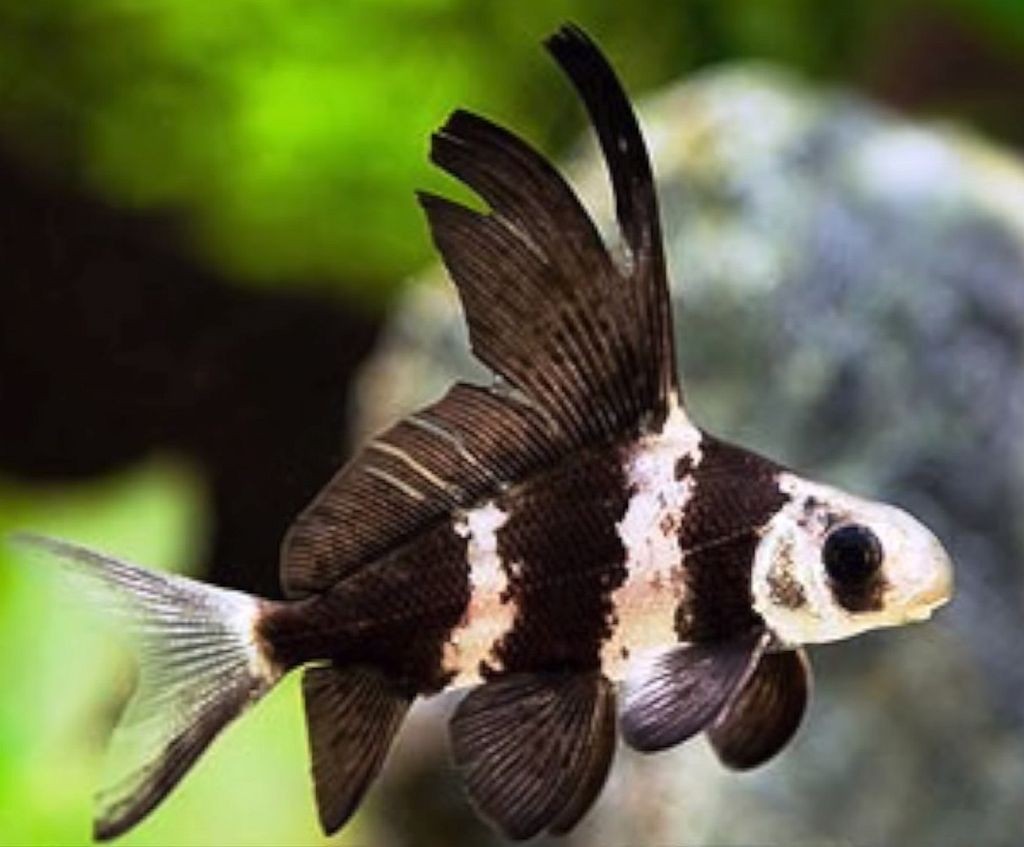Banded High Fin Shark
How much do you know about banded high fin sharks? These fish are known for their unique appearance and swimming style, but there's so much more to know about them. From where they come from to how to care for them properly, this blog post will cover everything you need to know about banded high fin sharks and related keywords to become an expert.
Pain Points of Banded High Fin Shark
Banded high fin sharks can be a challenging fish to care for properly. They require specific living conditions, including water temperature, quality, and filtration, to thrive. Moreover, these fish can grow quite large, ranging anywhere from one to four feet in length, which can be problematic for some aquariums. Finally, banded high fin sharks are not compatible with some species of fish, making it crucial to choose their tank-mates carefully.
The Target of Banded High Fin Shark
Banded high-fin sharks, scientifically known as Myxocyprinus Asiaticus, are native to Asia, where they are quite popular. Due to their unique appearance and behavior, many people worldwide have also taken an interest in these fish. Though primarily seen in aquariums, they are also a popular food source in some parts of the world.
Summary of Main Points of Banded High Fin Shark
If you're considering adding a banded high fin shark to your aquarium, it's crucial to understand their care requirements, compatibility with other fish species, and their unique appearance. All of these factors must be taken into account to ensure that your fish live a happy and healthy life. By the end of this post, you will have a better understanding of banded high-fin sharks and related keywords, and why they are so loved by many aquarists worldwide.
Banded High Fin Shark: Appearance and Characteristics
Banded high fin sharks are large freshwater fish that can grow up to 4 feet in length. They have a unique appearance, with a long, slender body, and a high dorsal fin. The dorsal fin comprises 25 to 30 rays, and it stands erect, giving the shark its distinctive appearance. The shark's skin has a mottled coloration, with cream/yellow and dark brown markings on the dorsal, ventral, and lateral sides.
Banded high fin sharks are active swimmers and agile in the water. They are omnivores, feeding on both plant and animal matter. However, they prefer live foods such as insect larvae, mollusks, and worms. They are not aggressive towards other fish species, but they may prey on smaller fishes due to their large size.
Banded High Fin Shark: Care and Maintenance
Banded high fin sharks require a lot of care and attention to live a healthy life. You will need a large aquarium of at least 150 gallons with enough space for them to swim around freely. The temperature should be between 72 and 82 degrees Fahrenheit, with a pH level of 6.5 to 7.5.
The aquarium must have a filtration system that is powerful enough to handle the shark's waste. As for feeding, a mix of live and prepared food should be given, with live food comprising the majority of their diet.
Banded High Fin Shark: Tank Mates
Banded high fin sharks are generally peaceful and can coexist with other large, peaceful fish species such as cichlids and catfish. However, they are not compatible with other fast-swimming fish species that may nip their fins. Also, it's not recommended to keep banded high fin sharks with small or aggressive fish species.
Banded High Fin Shark: Breeding
There's little information about the breeding habits of banded high fin sharks. They have been bred in captivity, but due to their size and unique requirements, breeding them can be a challenging task.
Question and Answer
Q. What is the average lifespan of banded high fin sharks?
A. Banded high fin sharks can live up to 20 years in captivity if they are cared for properly and their tank conditions are ideal.
Q. Are banded high fin sharks aggressive towards other fish species?
A. Banded high fin sharks are generally peaceful and can coexist with other large, peaceful fish species such as cichlids and catfish. However, they may prey on smaller fish due to their large size.
Q. How often should I clean my banded high fin shark's aquarium?
A. It's recommended to do a partial water change (25-30%) every two weeks and to clean the filter every month.
Q. What should I feed my banded high fin shark?
A. Banded high fin sharks are omnivores and will feed on both plant and animal matter. A mix of live and prepared food should be given, with live food comprising the majority of their diet.
Conclusion
In conclusion, banded high fin sharks are unique and fascinating fish that require specific living conditions and plenty of care. By following the guidelines mentioned in this post, you can provide an excellent home for your banded high fin shark and keep them happy and healthy for many years to come.
Gallery
Chinese High Fin Banded Shark (Myxocyprinus Asiaticus) Species Profile

Photo Credit by: bing.com / banded chinese fin shark high asiaticus profile species care guide
Hi Fin Banded Sharks Available Now | Blue Ridge Fish Hatchery
Photo Credit by: bing.com / fin banded hi shark sharks grown fish grow adult fins stripe live available maturing lose solid pattern into they their
Chinese High-Fin Banded Shark • Care Guide (Setup, Mates & Diet)

Photo Credit by: bing.com / shark banded asiaticus
Chinese High Fin Banded Shark (Myxocyprinus Asiaticus) | Tropical Fish

Photo Credit by: bing.com / banded asiaticus
Hi Fin Banded Shark 5" | Blue Ridge Koi & Goldfish

Photo Credit by: bing.com / shark fin banded hi high chinese sharks fish koi goldfish ridge blue creatures miscellaneous butterfly available hatchery alchetron
